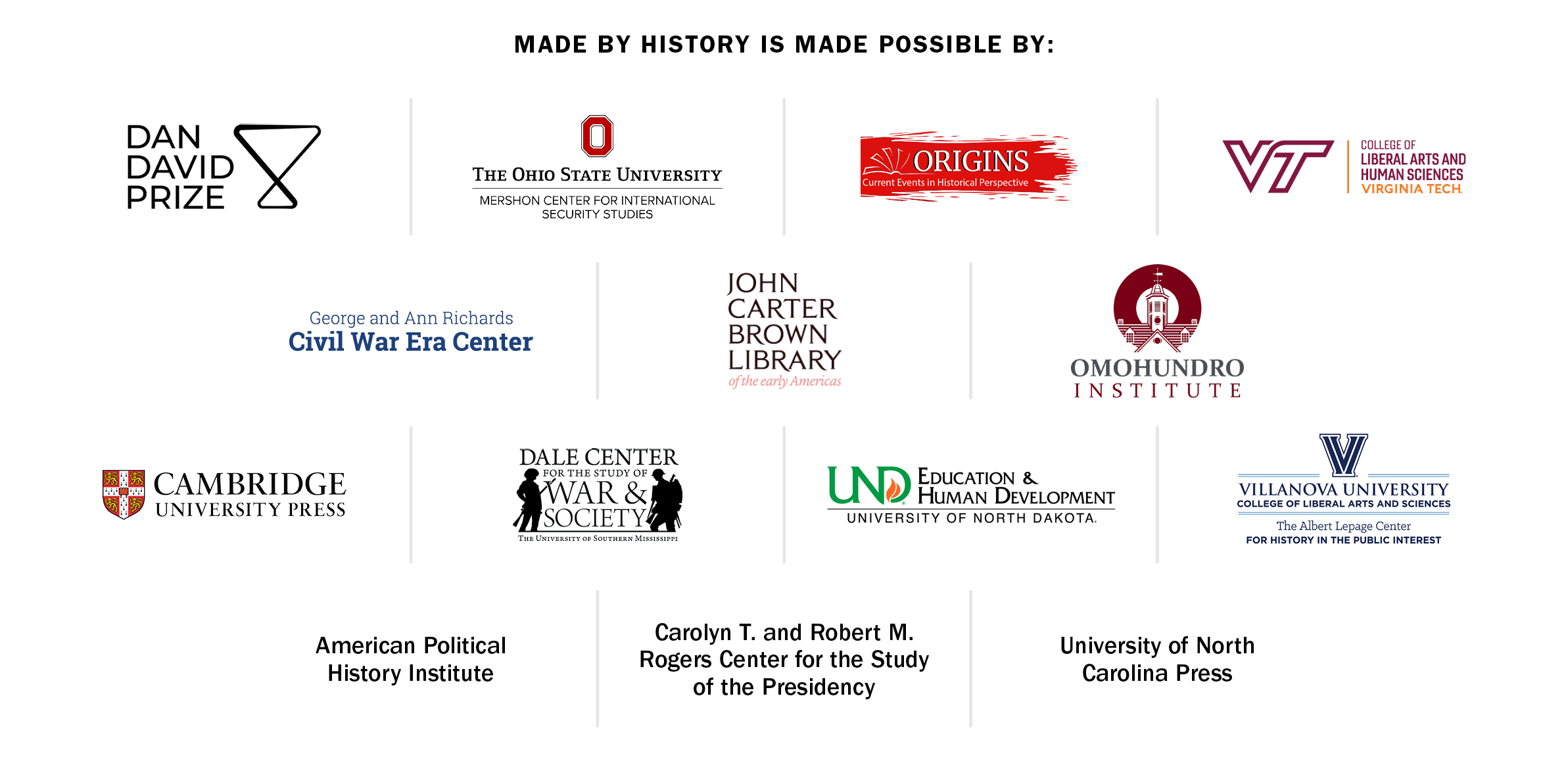Tense protests and counter-protests concerning the Israeli-Palestinian conflict are roiling campus life at American colleges and universities, including cancelled classes and commencements, and numerous student and faculty arrests. Police and university authorities have been accused of “trampling First Amendment rights” and conducting unnecessarily violent arrests.
The fraught situation has spotlighted the difficulty of balancing the importance of free speech on campuses with the imperative to protect students from harm. Some students express fears of “another Kent State” while others call out antisemitic protest placards and chants. Public colleges and universities are bound by the First Amendment’s prohibition on “abridging the freedom of speech” or “the right of the people peaceably to assemble.” Private universities have more power to restrict campus expression but face other pressures to uphold free speech.
Free speech absolutists argue that universities must permit all student speech even if it is incorrect or grossly offensive. Others argue that administrators must stop discriminatory hate speech.
Many profess to want a middle ground solution. Yet, despite frequent litigation throughout the late 20th and early 21st centuries, U.S. courts have not provided a clearly defined line to mark when speech and protests cease to be peaceful and lose First Amendment protection. This blurriness has left university administrators in an impossible situation — one that won’t change until the courts and politicians settle on which priority is more important: free speech or order on campus.
Student activism is an American tradition — one that even predates the American Revolution. In 1766, Harvard University disciplined student Asa Dunbar for insubordination after he complained about the lack of fresh food. In response, students staged what author Samuel Batchelder called a month of “violent, illegal, and insulting proceedings.” Only an address from Governor Francis Bernard put an end to the uprising.
The first major wave of modern student protests took place in the 1920s and early 1930s over issues like racial justice and poverty. Administrators used the police and disciplinary proceedings to suppress these protests but found that students and their allies were willing to fight for their rights to gather, speak, and protest.
Read More: Pro-Palestinian Encampments Take Over American College Campuses
At Fisk University, a Black college in Nashville, students accused the school’s white president, Fayette Mackenzie, of dictatorial rule. He banned most extracurricular activities, cut and eliminated sports teams, abolished the campus newspaper, enforced strict dress codes, and solicited donations from pro-Jim Crow donors. Fisk alumnus WEB DuBois, a prominent intellectual and civil rights activist who helped found the National Association for the Advancement of Color People (NCAAP), remarked that “no decent” African American could send their child to Fisk “until Fayette Mackenzie goes.”
In March 1925, students, led by George Streeter, began parading with placards. They ensured they met their 11:00 pm curfew. Even so, Mackenzie summoned the police, who ransacked dormitories and arrested sleeping students, whose names Mackenzie had provided, on trumped up riot charges. In response, students staged a complete boycott of the campus, which eventually succeeded in forcing Mackenzie’s resignation.
Student protests and speech disputes continued in the ensuing decades over issues including communism and the Spanish Civil War, before reaching new heights in the 1960s and 1970s. Spurred on by the Civil Rights Movement and protest against the Vietnam War, students embraced more extreme methods of crusading for change.
On April 23, 1968, for example, a protest against racist policies at Columbia University led to students occupying five buildings and briefly taking three school officials hostage. A photo of student David Shapiro sitting behind President Grayson Kirk’s desk while holding one of his cigars became a Rorschach test: for some it was an iconic image of student rebellion, while to others it was an egregious example of a lack of discipline and respect. When police officers cleared the occupied buildings, they arrested 700 protestors, injuring around 100.
The injuries reflected how, in response to protestors’ more extreme tactics, universities and law enforcement began employing more severe tactics of their own. Most infamously in May 1970, Ohio Governor Jim Rhodes sent the National Guard to Kent State University to crush student protests. On May 4, guardsmen fatally shot four students during a peaceful rally opposing the expansion of the Vietnam War into Laos and Cambodia. John Filo won a Pulitzer Prize for his photograph of 14-year-old Mary Ann Vecchio kneeling over the body of the fatally shot Jeffrey Miller.
Four days later, events at a solidarity protest at the University of New Mexico underscored that Kent State was part of a broad pattern after police arrested 131 students, with 11 wounded after the New Mexico National Guard charged at them with bayonets.
Universities struggled to respond to student protests because courts provided confusing guidance on what type of student speech was protected and when administrators could intervene. Many of the most important cases actually stemmed from incidents in which K-12 schools disciplined children and teenagers.
Crucially, in 1969, the Supreme Court decided Tinker v. Des Moines. School officials had suspended a small group of students including Mary Beth and John Tinker for wearing black armbands to protest the Vietnam War. Writing for the Court, Justice Abe Fortas famously explained that neither pupils nor faculty “shed their constitutional rights to freedom of speech or expression at the schoolhouse gate.” Even so, the Court permitted school officials to take action when they deemed protests disruptive.
This highly subjective standard produced a steady stream of litigation in the years that followed. In Healy v. James (1972), the Supreme Court sided with Central Connecticut State College students who sued after their university refused to recognize their chapter of Students for a Democratic Society as an official student organization. The Court held that administrators “may not restrict speech or association simply because it finds the views expressed by any group to be abhorrent.”
Read More: Scenes From Pro-Palestinian Encampments Across U.S. Universities
Two decades later, in cases in 1991 and 1993, this precedent led lower courts to rule for students who had been disciplined by the University of Wisconsin and George Mason University for “hate speech.” A federal district court judge rejected the punishment George Mason imposed on students who wore blackface at a fraternity event, explaining, “If there is a bedrock principle underlying the First Amendment, it is that the Government may not prohibit the expression of an idea simply because society finds the idea itself offensive or disagreeable.”
Yet, the Healy standard still left blurriness and the Court has only made things more confusing with its most recent student speech cases. In a 5-4 2007 decision, the justices narrowly upheld the disciplining of a student who took a large banner reading “BONG HiTS 4 JESUS” to an off-campus Olympic torch relay. Then in 2021, the Supreme Court lurched back in the other direction in Mahoney v. B. L., ruling in favor of a student who contested being removed from a sports team after posting an expletive-laden social media post criticizing their school and coaches.
The lack of clarity from the courts has enabled university administrators to continue responding to protests with harsh repression, and sometimes even violence. In 2011, campus police at the University of California at Davis pepper sprayed nonviolent students taking part in a sit-in. And just last week police arrested scores of protestors at the University of Texas (though prosecutors later dropped the charges); Emory University, where state troopers also deployed pepper balls; the University of Indiana, and many other campuses.

Until the courts reconcile the obvious conflict between the fact that public schools, colleges, and universities are simultaneously charged with facilitating students’ gatherings and free speech, while also controlling what is said and done on campus, student protests will remain highly divisive, and administrators will find it nearly impossible to respond in a way that satisfies all constituencies.
While private universities face a clearer legal picture, many of the competing pressures confronting public university administrators complicate their efforts as well. Politicians, journalists, and influencers demand that universities embody the ideal of a "marketplace of ideas,” while also insisting that administrators do something about bigotry and disruption on campus.
In short, this no-win situation seems likely to persist until courts and politicians determine what a university’s priority should be: free speech or order on campus.
Jack Hodgson is a lecturer in history at the University of Roehampton, London. He researches the histories of children’s rights and student activism. His first book, entitled Young Reds in the Big Apple: The New York Young Pioneers of America, 1923-1934 is forthcoming with Fordham University Press.
Made by History takes readers beyond the headlines with articles written and edited by professional historians. Learn more about Made by History at TIME here. Opinions expressed do not necessarily reflect the views of TIME editors.
More Must-Reads from TIME
- Caitlin Clark Is TIME's 2024 Athlete of the Year
- Where Trump 2.0 Will Differ From 1.0
- Is Intermittent Fasting Good or Bad for You?
- The 100 Must-Read Books of 2024
- Column: If Optimism Feels Ridiculous Now, Try Hope
- The Future of Climate Action Is Trade Policy
- FX’s Say Nothing Is the Must-Watch Political Thriller of 2024
- Merle Bombardieri Is Helping People Make the Baby Decision
Write to Jack Hodgson / Made by History at madebyhistory@time.com
